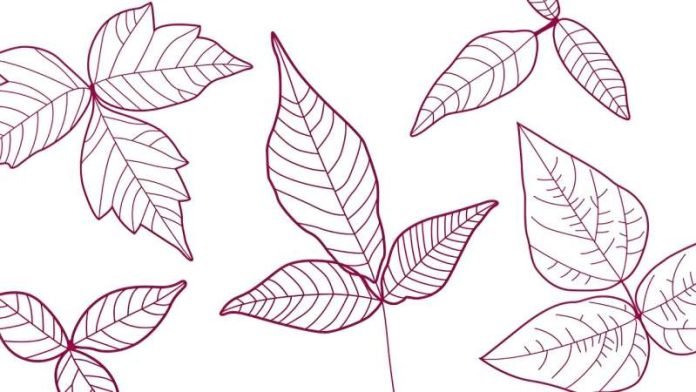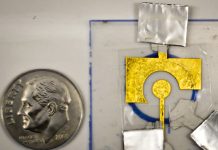
The saying “leaves of three, let it be” is a well-known advice to avoid the itchy wrath of poison ivy. However, this catchy rhyme is not as straightforward as it sounds.
Many plants have three leaves, and not all of them are poison ivy. This makes it tough to tell the difference between poison ivy and harmless three-leaf plants just by looking at them.
Researchers from Virginia Tech have dived into this confusion head-on. They discovered that poison ivy plants are masters of disguise, showing a surprising variety in the appearance of their leaves.
This variability makes it hard to pinpoint what poison ivy looks like, challenging the effectiveness of the age-old advice for avoiding it.
Their study, which tapped into about 2,000 poison ivy photos from across the United States shared on iNaturalist.org, uncovered just how varied these plants can be.
From the research, it’s clear that poison ivy doesn’t stick to a single “look,” making identification based on leaf shape alone unreliable.
What’s more, the study found that poison ivy’s leaf complexity can vary greatly, even more so than that of the American hog peanut—a plant often mistaken for poison ivy.
This complexity includes different shapes, sizes, and even the number of leaves, with some poison ivy plants having five leaves instead of the expected three.
The researchers noted that this variability isn’t just random; it’s an inherent feature of poison ivy.
They also observed a slight trend where poison ivy leaves tend to become more complex from east to west across North America, adding another layer of difficulty to identifying the plant based on geography.
Given these findings, the traditional approach of avoiding poison ivy through visual identification seems less effective. The variability in leaf appearance is so broad that it stumps even the keenest observers.
The researchers suggest that a better strategy might involve using artificial intelligence to recognize the wide range of leaf shapes.
But until such technology becomes widely available, the best way to steer clear of poison ivy is to wear protective clothing and wash thoroughly with soap and water if you think you’ve come into contact with the plant.
This practical advice acknowledges the challenge of identifying poison ivy and shifts the focus towards prevention and caution, a necessary adjustment given the plant’s chameleonic nature.
The research findings can be found in Plants, People, Planet.
Copyright © 2024 Knowridge Science Report. All rights reserved.



